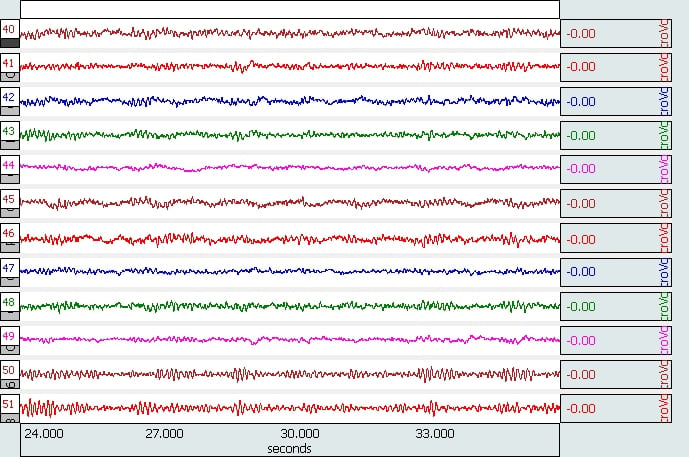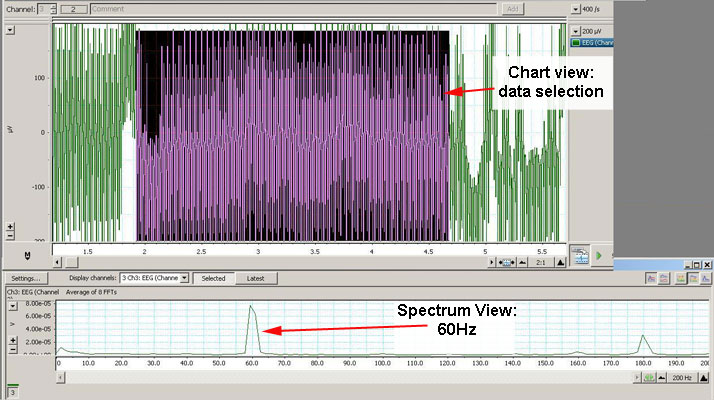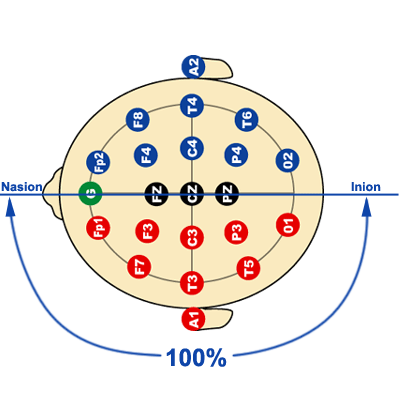Your brain cells communicate via electrical impulses and are active all the time even when youre asleep. An electrode is a conductor through which an electric current enters or leaves. Eeg definition eeg stands for electroencephalography which is an electrophysiological process to record the electrical activity of the brain. Analog devices best in class portfolio of precision adcs and amps enable the low noise and high resolution processing that are critical building blocks for accurate and robust eeg measurements. Eeg measures changes in the electrical activity of the brain produced. Alpha band 8 12 hz 4.
Gamma band above 25 hz. Electroencephalogram eeg measurement analog devices offers a wide range of electroencephalogram eeg signal chain components. This activity shows up as wavy lines on an eeg recording. Delta band 1 4 hz 2. Voltage changes come from ionic current within and between some brain cells called neurons. Beta band 12 25 hz 5.
An electroencephalogram eeg is a test that detects electrical activity in your brain using small metal discs electrodes attached to your scalp. This is so because eeg is relatively cheap easy to wear light weight and has high temporal resolution. Eeg is one of the most popular methods of studying and understanding the processes that underlie behavior. Theta band 4 8 hz 3. An eeg measures the electrical impulses in your brain by using several electrodes that are attached to your scalp. Eeg rhythms and oscillations 1.
Electroencephalography eeg is an electrophysiological monitoring method to record electrical activity of the brainit is typically noninvasive with the electrodes placed along the scalp although invasive electrodes are sometimes used as in electrocorticographyeeg measures voltage fluctuations resulting from ionic current within the neurons of the brain. Eeg involves the recording analysis and interpretation of voltages recorded on the human scalp which originate from brain gray matter.


















